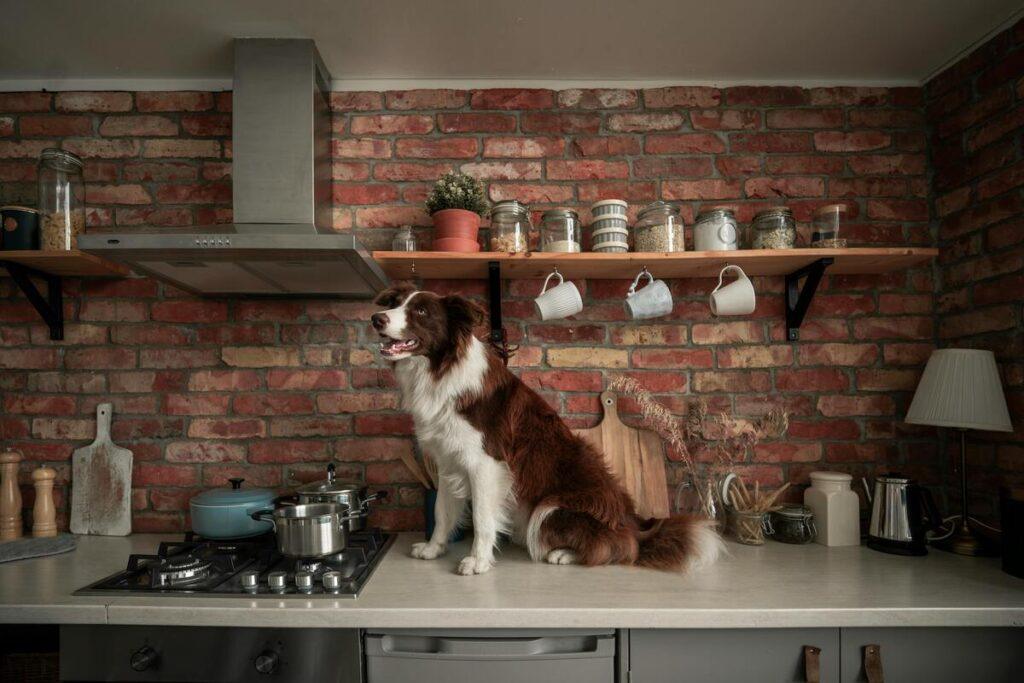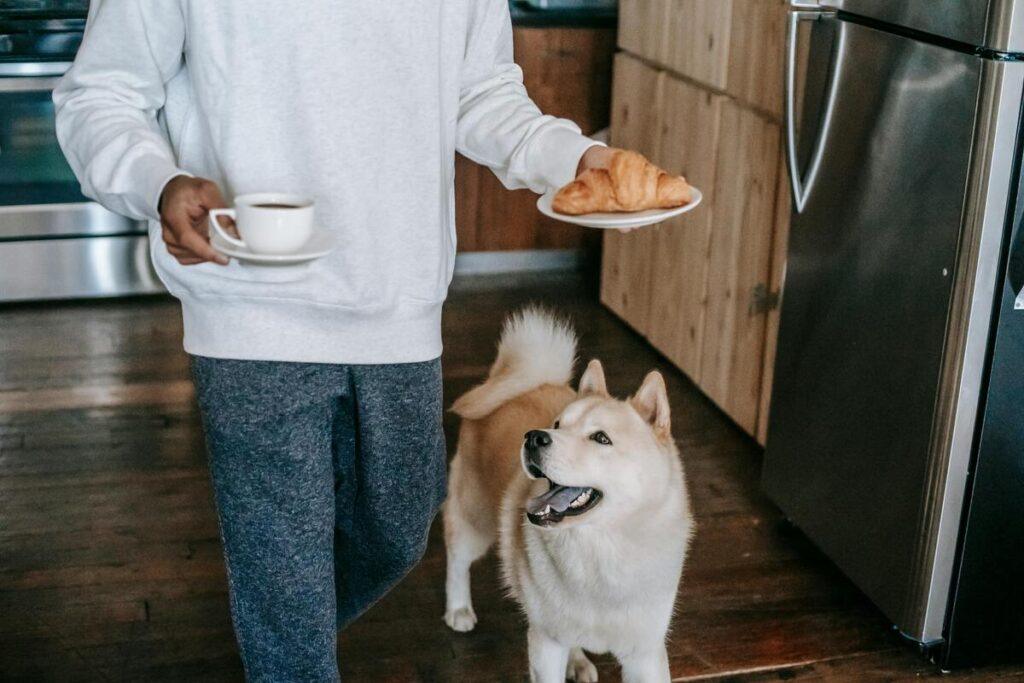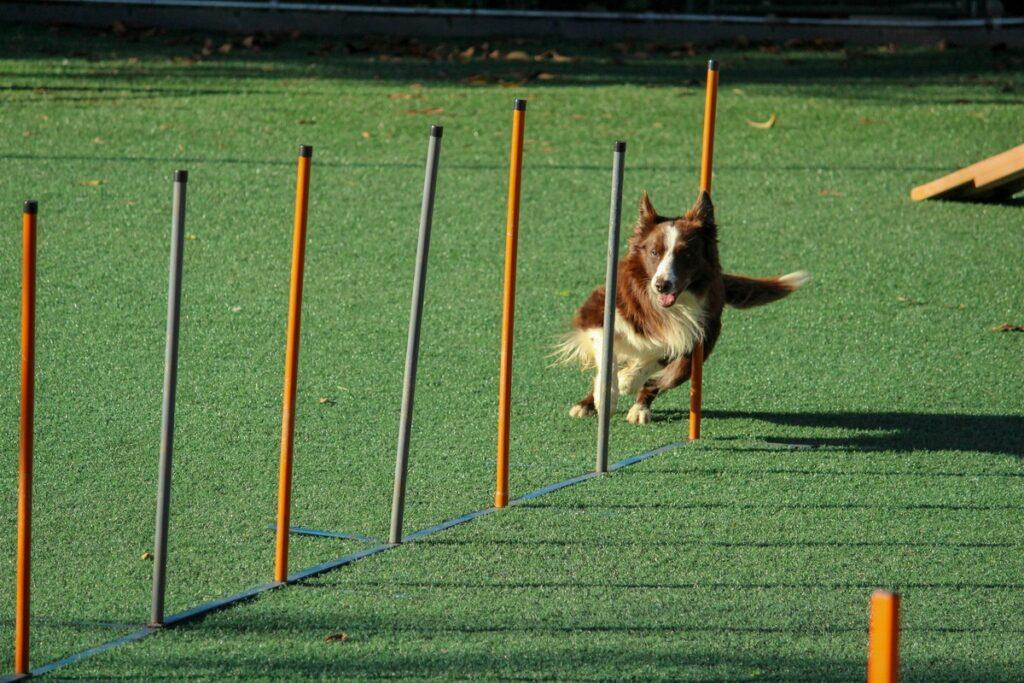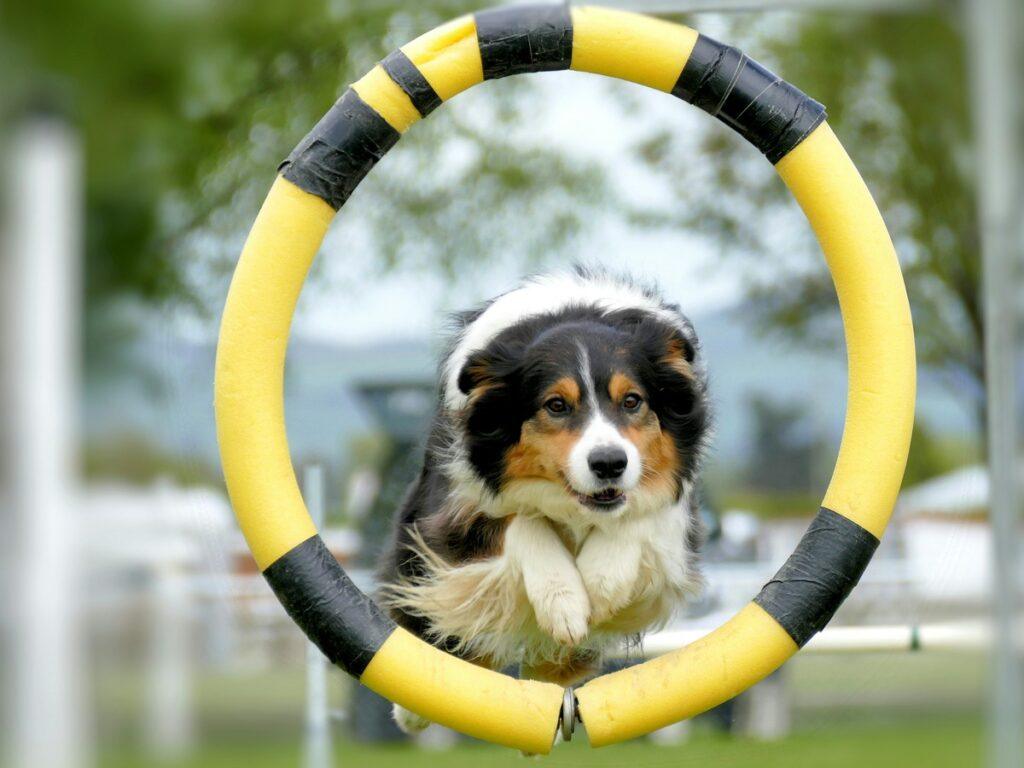Training a dog to stay out of kitchen might seem like a small goal—until you catch your pup sneaking bites from the trash or sliding across the tile floor to steal snacks. Whether it’s safety, cleanliness, or sanity you’re protecting, setting boundaries around your kitchen can save you a lot of headaches. In this guide, we’ll walk you through effective and humane methods to keep your dog out of the kitchen without constant yelling or installing ugly barriers.
Table of Contents
- Why Train Your Dog to Stay Out of the Kitchen?
- Effective Methods for Training a Dog to Stay Out of Kitchen
- Dog Gate Alternatives That Work
- Consistency Is Key: Reinforcing the Boundary
- Common Mistakes to Avoid
- FAQ
Why Train Your Dog to Stay Out of the Kitchen?
For many pet parents, the kitchen is the heart of the home. Unfortunately, it’s also full of temptations and hazards. Dogs that enter the kitchen unsupervised might eat harmful food, knock over boiling pots, or even slip and hurt themselves. Training a dog to stay out of kitchen areas reduces these risks significantly while also reinforcing your leadership and house rules.
In addition to safety, hygiene is a major factor. If you’re preparing food or have guests over, you want a clean and calm environment—without fur flying near your meals or paws on your countertops.
Effective Methods for Training a Dog to Stay Out of Kitchen
Start by identifying the kitchen boundaries you want to enforce. You can train your dog using positive reinforcement, spatial cues, and consistent commands. Here’s how:
- Use floor markings or rugs: Dogs are sensitive to texture. Laying down a different rug or floor mat at the kitchen entrance can act as a “no-paws zone.”
- Teach a “Stay” command: Reinforce this command near the kitchen threshold. Reward your dog for respecting the invisible line.
- Block access during key times: During cooking or mealtime, physically block the area and use the time as training repetition.
- Place a boundary line with tape: Some dogs respond to visual cues like painter’s tape on the floor.
Consistency is critical. Don’t let your dog in sometimes and scold them other times. That sends mixed signals. Instead, clearly define the rule: kitchen = off limits.
Dog Gate Alternatives That Work
Not every home is suited for bulky baby gates. Luckily, there are smart dog gate alternatives that keep your dog out of certain rooms without disrupting the decor. Here are a few:
- Exercise pens: These can be configured as partial barriers around the kitchen area.
- Furniture placement: Strategically placed furniture can limit access without looking out of place.
- Training mats with texture: Mats that are uncomfortable to walk on can discourage entry.
- Invisible pet barriers: These work via static correction or sound cues and are ideal for open floor plans.
Consistency Is Key: Reinforcing the Boundary
Consistency is the secret ingredient when it comes to how to keep dog out of certain rooms. Every member of the household must follow the same rules. If one person allows the dog in occasionally, it breaks the training cycle.
Use verbal corrections when needed, and always reward the desired behavior. If your dog lies down calmly outside the kitchen while you cook, that’s a perfect time to praise or offer a treat.
Common Mistakes to Avoid
- Being inconsistent: Dogs thrive on routine. Mixed signals make the process longer and harder.
- Using punishment: Yelling or scaring your dog can create anxiety and slow down learning.
- Not managing temptation: If your dog smells a juicy steak on the edge of the counter, it’s hard to resist. Keep temptation away.

FAQ
Q: Can I use baby gates instead of dog gates?
Yes, many baby gates work just fine, but make sure they’re tall enough and secure for your dog’s size and strength.
Q: How long does it take to train a dog to stay out of the kitchen?
Most dogs learn in 2–4 weeks with daily training, but consistency is key to lasting results.
Q: Are there breeds that are harder to train to stay out of rooms?
High-energy and curious breeds may take longer, but all dogs can learn with the right approach.
For more training support, check out our guide on how to train a dog to stay alone at home and how to stop your dog from pulling on the leash.
Also read: How to Keep Dogs Out of Rooms – AKC
Final Tip: Every home is different. The key is to stay calm, be patient, and choose a method that works for your dog’s temperament and your home layout.



